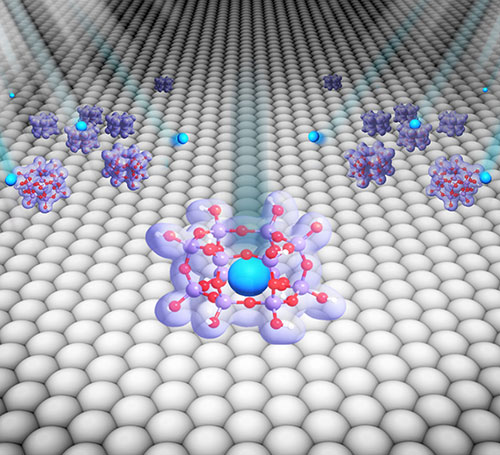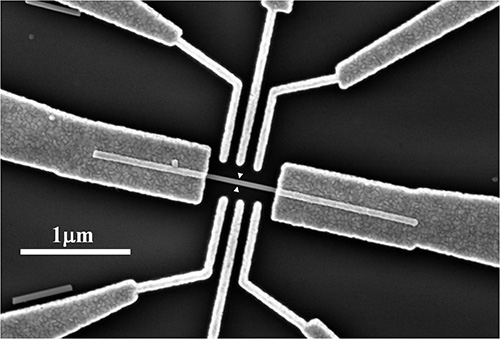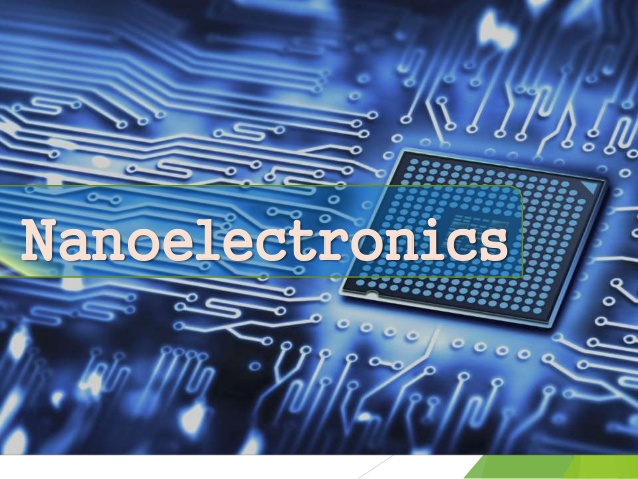Electric nanoparticles in the production of nanoelectronic parts
Researcher and author: Dr. ( Afshin Rashid)
Note: Electronic components can be produced by using nanoparticles under special conditions. This method is also suitable for producing memory and circuits with small dimensions.
Nanoparticles are the most common elements in nanoscience and technology, and their interesting properties have made them widely used in chemical, medical and pharmaceutical, electronic and agricultural industries. According to the chemical composition, these particles are divided into metal, ceramic, polymer and semiconductor types. Chemical synthesis and solid state processes such as milling and vapor condensation are common methods for making nanoparticles. It is obvious to control the production process to achieve nanoparticles with suitable properties, in this regard, determining the characteristics of nanoparticles with microscopic and structural analysis methods and determining the size and surface, etc.
Nano particles in the production of nano electronic components
Molecular junctions, which are usually created by sticking molecules to metal electrodes, are able to reduce the dimensions of molecular devices. These connections have a high potential to have the same behavior and function as common electronic components. These molecular devices can be a good substitute or complement for common technologies and create new capabilities in these technologies.
By adjusting the ratio of gold nanoparticles to molecules as well as the type of molecules in the network, the researchers provided a direct self-assembly method that can be used to adjust electrical conductivity. This inexpensive solution-based method can be used to design molecular electronic circuits; Circuits that have different network morphology. The images taken of the colloidal gold network using an atomic force microscope show that the number of molecules is very important to create a suitable network package; Because molecular electronic circuits must be well connected.
Conclusion :
Nanoparticles are the most common elements in nanoscience and technology, and their interesting properties have made them widely used in chemical, medical and pharmaceutical, electronic and agricultural industries. According to the chemical composition, these particles are divided into metal, ceramic, polymer and semiconductor types.
Researcher and author: Dr. ( Afshin Rashid)
Specialized doctorate in nano-microelectronics





